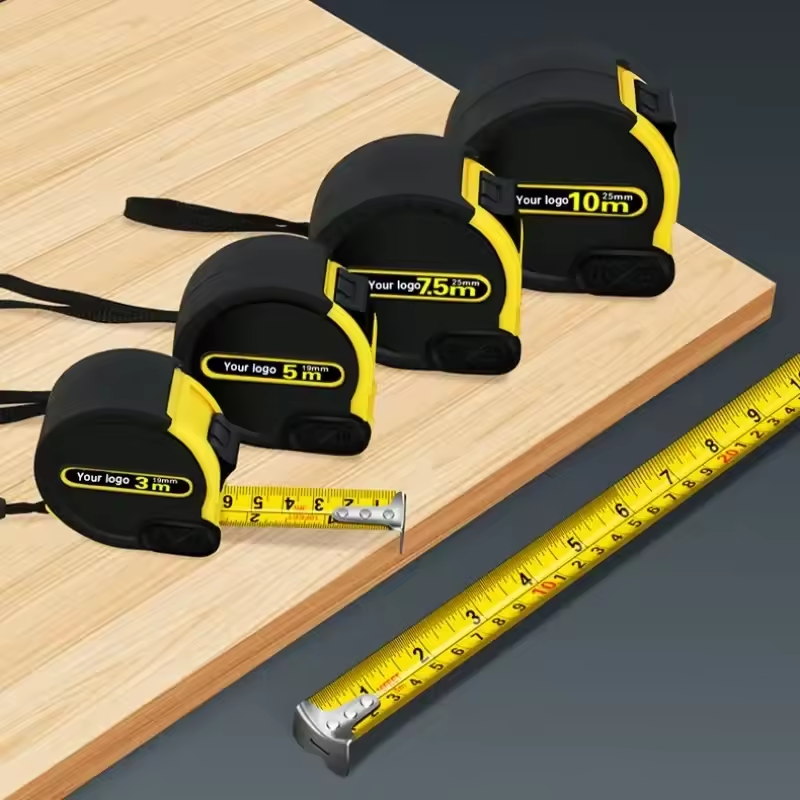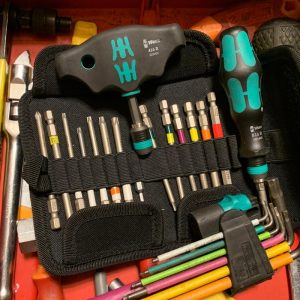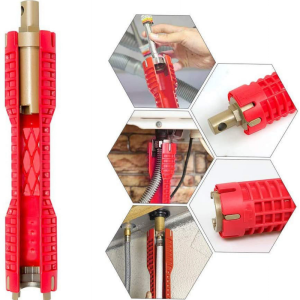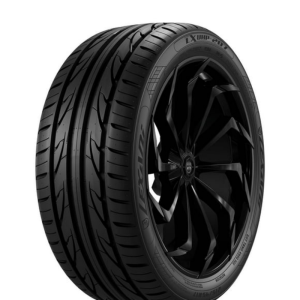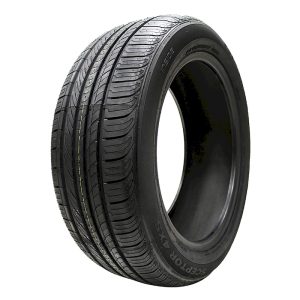
New motorcycle tires are like a fresh canvas, full of potential but lacking grip. Before unleashing their full performance, they need to be “scrubbed in.” This process removes the protective coating and creates a consistent rubber-to-road interface. While it might sound intimidating, scrubbing in your tires is a crucial step for rider safety and optimal performance. Let’s dive into the details of how to scrub in motorcycle tires effectively.
Understanding the Importance of Scrubbing In
Why is scrubbing in necessary?
New motorcycle tires are coated with a release agent to protect the rubber during manufacturing and shipping. This coating hinders grip, making the tire less effective, especially in cornering. Scrubbing in removes this layer, allowing the tire to make full contact with the road.
Consequences of skipping the scrubbing-in process
Rushing this process can lead to disastrous results. You risk reduced grip, especially in corners, which can lead to accidents. Moreover, not scrubbing in your tires can hinder their overall lifespan and performance.

How to Scrub In Motorcycle Tires: Step-by-Step Guide
1. The First Few Miles: Gentle Acclimation
- Avoid aggressive riding: Resist the urge to twist the throttle hard or brake aggressively.
- Maintain steady speeds: Keep your speed within legal limits and avoid sudden acceleration or deceleration.
- Vary your line: Gently shift your riding line to engage different parts of the tire.
2. Increasing the Pace: Building Grip
- Gradually increase lean angles: As you gain confidence, start to lean your bike into corners more progressively.
- Smooth throttle inputs: Apply throttle smoothly to avoid sudden power delivery.
- Progressive braking: Use controlled braking to warm up the tire evenly.
3. The Crucial 100-Mile Mark:
- Continue gradual progression: Keep increasing lean angles and throttle inputs, but avoid pushing the limits.
- Monitor tire temperature: Ensure the tire is warm to the touch, but avoid overheating.
- Vary riding conditions: Ride on different road surfaces to expose the tire to various conditions.
4. The Final Stages: Unleashing the Grip
- Push your limits: Once you’ve covered around 200 miles, you can start to push the tire harder.
- Enjoy the newfound grip: Feel the difference in cornering and braking performance.
- Inspect the tire: Check for even wear patterns to ensure proper scrubbing.
Common Mistakes to Avoid
- Neglecting tire pressure: Improper tire pressure can affect handling, grip, and tire wear. Overinflated tires reduce grip, while underinflated tires overheat and increase the risk of blowouts.
- Ignoring uneven wear patterns: Abnormal wear patterns can indicate underlying issues, such as improper alignment or suspension problems. Addressing these issues promptly is crucial for optimal tire performance and safety.
- Skipping regular inspections: Routine tire inspections help identify potential problems early on, such as cuts, punctures, or signs of aging. Detecting and addressing these issues promptly can prevent more significant problems and ensure the tire’s integrity.
- Using the wrong tire for the conditions: Selecting a tire that is not suitable for the prevailing weather or road conditions can compromise safety and performance. Choosing the right tire for the intended use is essential for optimal grip and handling.
Tips for Optimal Scrubbing
- Choose the right riding environment: An empty parking lot can be ideal for initial practice.
- Use tire warmers (optional): Tire warmers can speed up the scrubbing process, but they’re not essential.
- Consider professional assistance: Some motorcycle shops offer tire scrubbing services.
Tire Care and Maintenance: Extending Your Tire’s Life
Proper tire care is essential for maximizing the lifespan and performance of your motorcycle tires. Beyond the initial scrubbing-in process, several maintenance practices can help you get the most out of your investment.
Tire Pressure: The Unsung Hero
Maintaining the correct tire pressure is crucial for optimal handling, grip, and tire life.
- Check pressure regularly: Use a reliable tire pressure gauge to check pressure when the tires are cold.
- Adhere to recommended pressure: Refer to your motorcycle’s owner’s manual for the specific pressure recommendations.
- Avoid overinflation: Overinflated tires can reduce grip and lead to uneven wear.
- Avoid underinflation: Underinflated tires can overheat, leading to blowouts and reduced fuel efficiency.
Tire Storage: Protecting Your Investment
Proper tire storage can prevent damage and extend the life of your tires.
- Clean tires before storage: Remove dirt, debris, and any foreign objects from the tires.
- Store in a cool, dark place: Avoid exposing tires to direct sunlight and extreme temperatures.
- Maintain proper tire pressure: Ensure tires are inflated to the recommended pressure.
- Avoid stacking tires: Stacking can deform the tire and cause damage.
Tire Inspection: Catching Problems Early
Regular tire inspections can help identify potential issues before they become serious.
- Check for wear patterns: Uneven wear patterns can indicate alignment problems or improper inflation.
- Inspect for cuts and punctures: Repair any damage promptly to prevent further issues.
- Examine tire sidewalls: Look for cracks, bulges, or other signs of damage.
Tire Replacement: Knowing When to Say Goodbye
Tires have a limited lifespan, and it’s essential to replace them when they reach the wear bar indicators.

- Check tire wear indicators: These raised rubber bars indicate the minimum legal tread depth.
- Consider tire age: Even if the tread depth is sufficient, tires can degrade over time due to exposure to elements.
- Replace tires in pairs: For optimal handling and safety, replace both tires simultaneously.
Additional Tips for Tire Care
- Avoid potholes and sharp objects: These hazards can damage your tires.
- Balance your tires regularly: Proper wheel balance ensures smooth handling and prevents premature wear.
- Rotate your tires: While less common for motorcycles, rotation can help even out wear in some cases.
By following these tire care guidelines, you can significantly extend the life of your motorcycle tires and enhance your overall riding experience. Proper maintenance not only saves you money but also improves safety and performance.
Choosing the Right Motorcycle Tire: A Rider’s Guide
Selecting the appropriate motorcycle tire is crucial for safety, performance, and overall riding experience. Various factors influence tire choice, including riding style, motorcycle type, and road conditions.
Types of Motorcycle Tires
- Touring Tires: Designed for long-distance comfort and stability, offering good wet traction and durability.
- Sport Touring Tires: Blend sport and touring characteristics, providing decent grip for spirited riding while maintaining comfort.
- Sport Tires: Prioritize grip and handling for aggressive riding, often sacrificing some comfort and mileage.
- Cruiser Tires: Emphasize comfort and style, with a focus on straight-line stability and smooth ride quality.
- Dual-Sport Tires: Offer a balance of on-road and off-road capabilities, suitable for adventure touring.
- Off-Road Tires: Designed for maximum traction in various off-road conditions, with aggressive tread patterns.

Factors to Consider When Choosing a Tire
- Motorcycle Type: Different motorcycle types require specific tire characteristics.
- Riding Style: Your riding habits will dictate the tire’s performance needs.
- Road Conditions: Consider the types of roads you frequently ride on, such as wet, dry, or mixed conditions.
- Tire Size: Ensure the tire size matches your motorcycle’s specifications.
- Tire Construction: Bias-ply or radial construction affects handling and ride quality.
- Tire Compound: Rubber compounds influence grip, wear, and performance in different conditions.
Tire Brands and Models
The motorcycle tire market offers a wide range of options from various manufacturers. Researching different brands and models can help you find the best tire for your needs. Some popular tire brands include Michelin, Dunlop, Bridgestone, Pirelli, and Metzeler.
Enjoy Your New Grip
Scrubbing in motorcycle tires is an essential process that ensures optimal safety and performance. By following these guidelines and exercising patience, you’ll unlock the full potential of your new tires. Remember, safety should always be your top priority. Happy riding!
